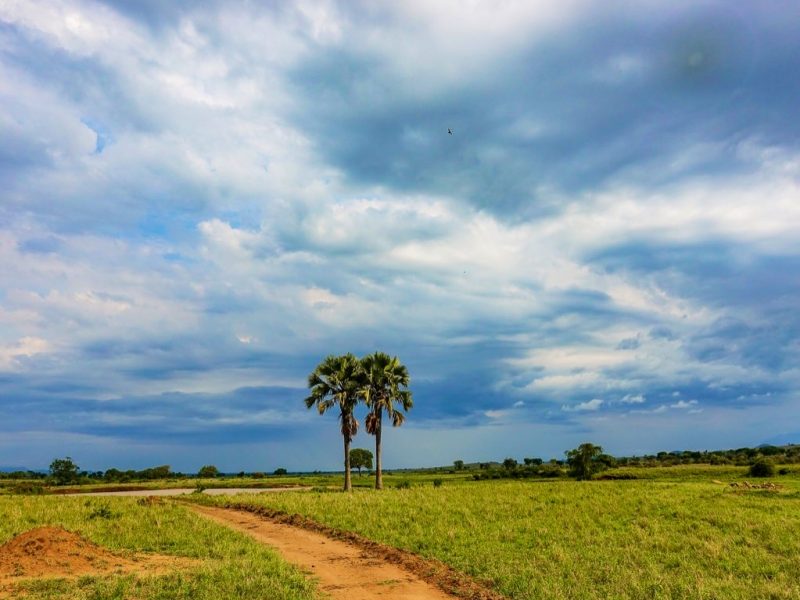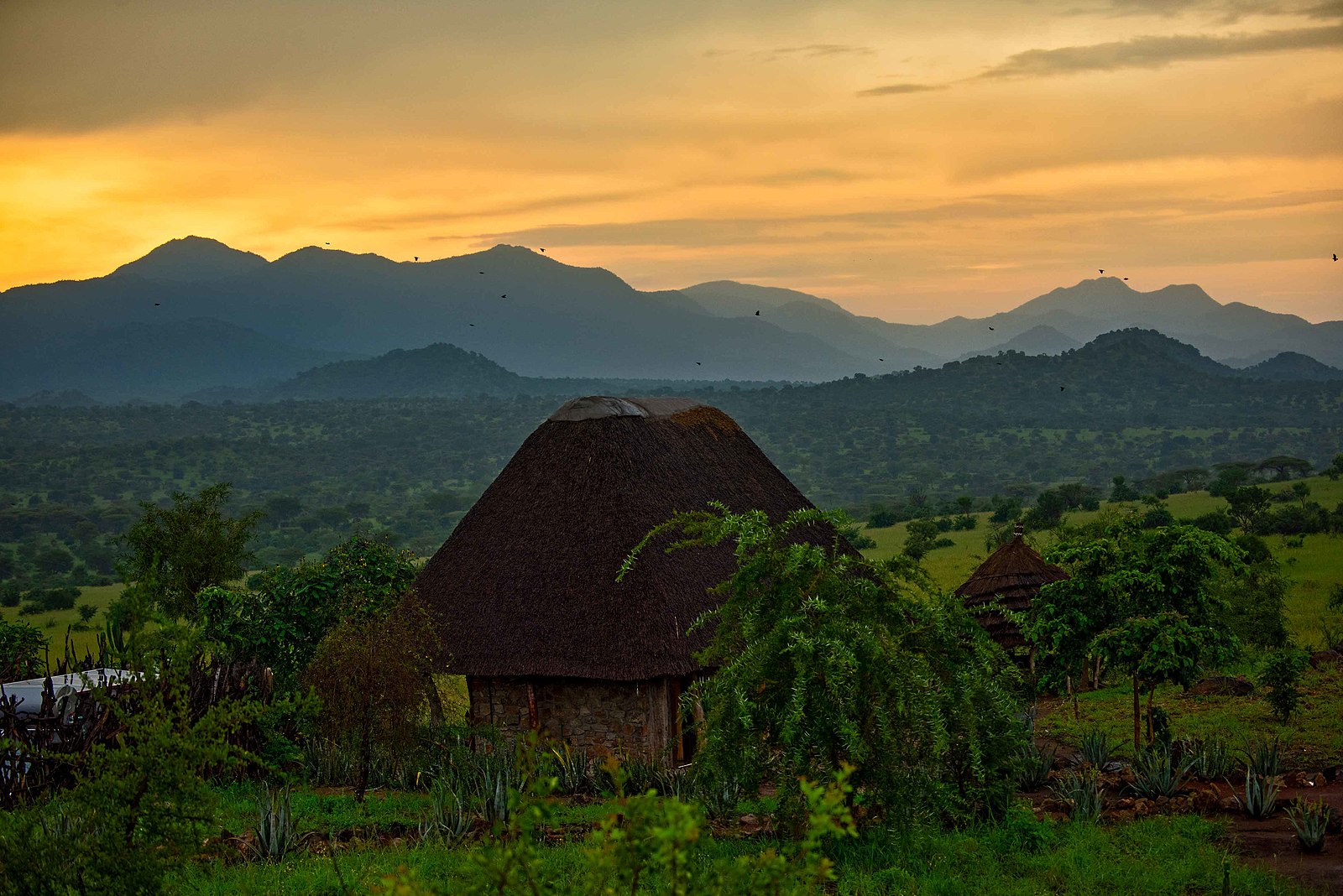Kidepo Valley National Park is nestled in the semi-arid, rugged valleys on the border between Uganda, Kenya and south Sudan, approximately 700km from Kampala by road. The park was officially established in 1962, in the same year Uganda got her independence to shelter a thousands of mammals and bird species that were roaming this place. Kidepo national park has a total land area of 1,442km2 and boasts of remarkable big game and is home to over 77 mammal and 475 bird species. The 2,750 metres Mount Morungole dominates and the Kidepo and Narus rivers transect the park.
Kidepo valley national park is the most isolated and one of the less exploited national park in Uganda and Africa, but the few who make the long wildlife tour in Uganda and head for the north-east through Karamoja plains would agree that it is also the most magnificent and a finest wilderness destination the world has ever known.
Many of the travellers who dare to visit the park remark on the beautiful scenery and often promise to return and re-visit the park. It’s also a destination, squeezed into the corner of Ugandan boundary with Kenya and Sudan. For any traveller considering a safari in Uganda, Kidepo national park purely offers undulating savannah landscape which finish at a rugged horizon. It has also a broad latitudinal range that offers a wide range of climatic conditions which give a conducive environment for the growth of abundant flora in this park. The park is also a birding paradise for those considering epic birding safaris in Uganda.
It has got a total of over 475 species and ranks second to Queen Elizabeth National park in animal diversity some of the birds found here include; black breasted barbet, Karamoja Apalis and the iconic ostrich. It is also surrounded by mountain forests some of which are of high interest and habitats for the native Ik people, while the areas along lorupei River are greatly enclosed by acacia vegetation. The land scape is studded with small hills, rocky outcrops and inselbergs amalgamated that make Kidepo National park a unique safari destination
Activities at Kidepo National Park
Game drives at Kidepo Valley
For game drives in this park, it is advisable to move with a park ranger who will help you spot the lions that may be sitting on the valley’s various rocks. Other wildlife includes elephants, leopard, bush duiker, jackal, bushbuck, bush pig, ostrich, buffalo and much more, in the wild Narus Valley.
Narus Valley Game Drive
Wildlife is most active in the Narus Valley during early mornings and late afternoon. 6am and 4pm are optimum times to set off on game drives.
The southerly Narus Valley contains the park’s only permanent water points and wildlife congregates in this area for much of the year. Look for buffalo and elephant in the swamps along the valley floor, giraffe and eland on the drier slopes above and scan the rock outcrops for lions.
Kidepo Valley Drive
The dry Kidepo Valley is short on big game but massive on scenery. The hour-long drive to Kanangorok Hot Springs passes some magnificent landscapes. 30 kilometers north of the park’s tourism hub at Apoka, the road crosses the dry, sandy bed of the Kidepo River to enter an expansive plain lined to the east by the Morungule mountain range and to the north by the looming, 2975m high Jebel Lotuke in South Sudan. Mammals are rare in this area but ostriches and secretary birds are often seen.

Birding at Kidepo Valley
Apoka Rest Camp is a great spot to begin your Kidepo birding experience. Birding can also be done on the fringes of the Narus and Namamukweny Valleys. Among the birds seen are the Abyssinian Roller, Purple Heron, Abyssinian Ground Hornbill and Clapperton’s Francolin, which is found only in Kidepo. The activity can be arranged both in the morning and evening.
Hiking & Nature walks at Kidepo Valley
Hike to the Lomej Mountains, take leisurely walks through the Narus Vally, meet members of the endangered IK tribe and wander the splendid Kidepo River Valley between banks of borassus palm forest.
The Lomej Mountains can be reached on foot in four hours, the hike starts at 7am. Shorter guided walks of around two hours can be taken through the Narus Valley extending over a 5km radius from Apoka Tourism Centre.
Visitors can also wander along the splendid Kidepo River Valley between banks of attractive borassus palm forest. Namamkweny Valley can be reached in one hour from Apoka. Visitors can also meet members of the IK tribe during prearranged hikes to the Morungole Mountains outside the park.
Accessibility
Note: Authorities recommend 4 wheel drive vehicles during the tour. Please, you will also use a road from Kotido to Kabong which passes via Kanawauat. You can also have a domestic flight from Entebbe to Kidepo National Park.


Comment (0)